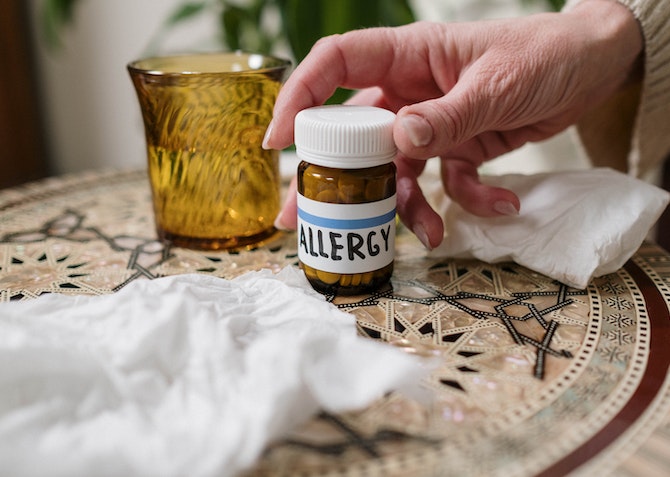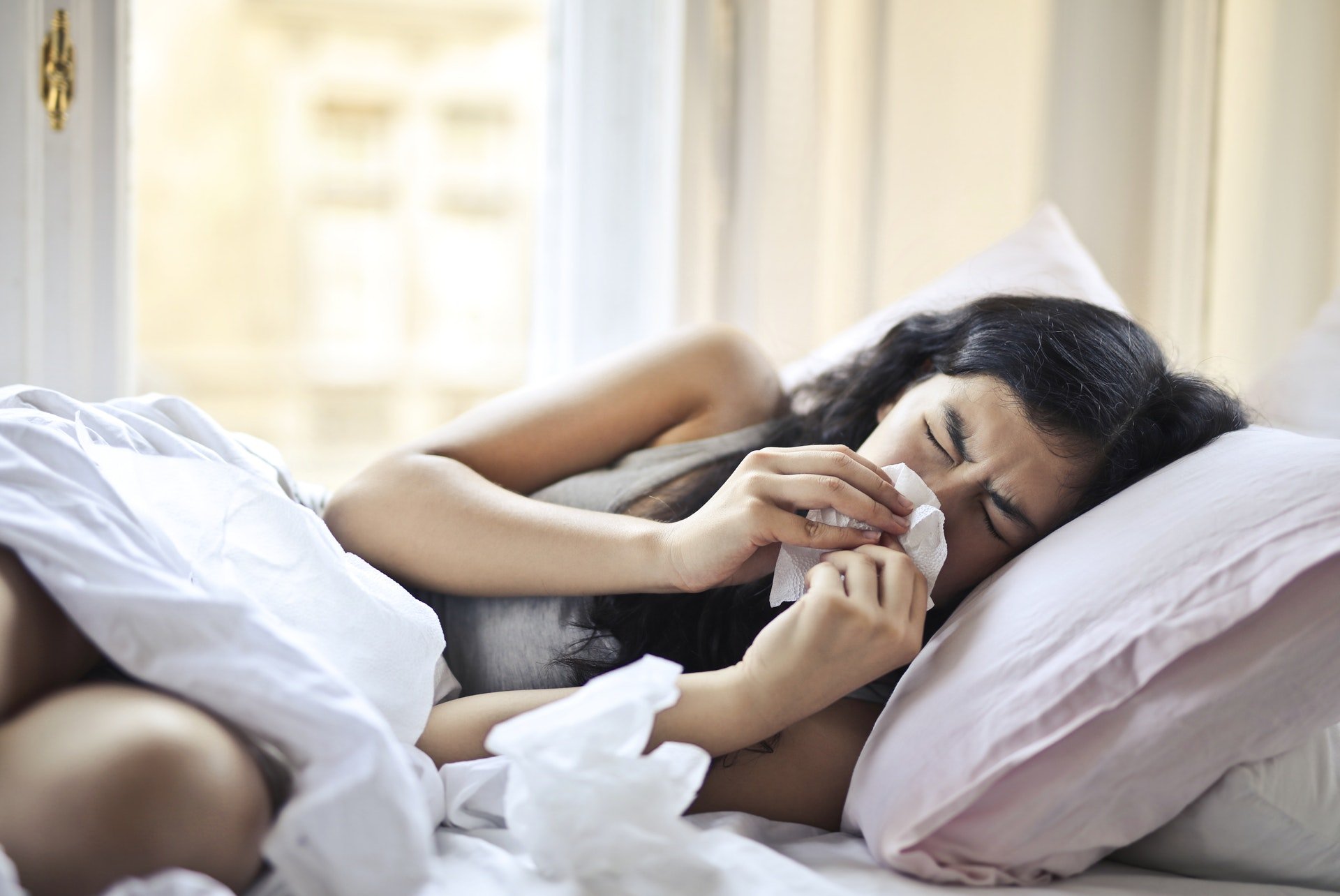
It's Allergy Season
Are you the one in four that suffers from hay fever? Unfortunately, the season of the springtime sniffles is here! (Don’t all start cheering at once!)
The season tends to run (much like our noses) from March when the grass pollens fill the air (damn that lawn mowing,) all the way until September when it’s more of the fungal spores from things as they degrade and break down.
If we get scientific for a moment, the actual name of hay fever is Seasonal Allergic Rhinitis. So you can see why it’s simply known as hay fever…much easier.
What is Hay Fever?
Essentially, hay fever is your body’s overreaction to pollen. Your immune system responds as if it is being attacked by a virus - something your body perceives as a threat. But it’s not just pollen that can cause it as is also lifestyle choices and also your environment.
With rising temperatures and more extreme weather due to the climate crisis, research has shown that in the US the pollen season has grown on average by 20 days since 1990. Not only that, but the season is becoming more intense with significantly more pollen being detected.
There is also some evidence that the growing concentration of carbon dioxide in the atmosphere might be helping spur the increase. When air pollution is high, so is hay fever because the tiny molecules of pollen attach themselves to the larger particles of dirt in the air. Contrary to what people might think, hay fever can be worse in cities than in the countryside.
Symptoms of Hay Fever
The symptoms of hay fever a quite uniform across sufferers with the most common symptoms being:
- Frequent Sneezing
- Blocked or runny nose
- Itchy, red or watery eyes
- Itchy throat, nose, and ears (ears?!)
- A cough
There are also some hay fever symptoms that are less common but probably still recognisable:
- Headaches
- Earache
- Tiredness and fatigue
- Facial pain due to blocked sinuses
- Loss of sense of smell (Anosmia)
Allergies in the Home
Some experts believe that, due to homes being much cleaner and more sterile, there is a general rise in hay fever among kids as they are not building up a resistance compared to older generations. While we are not saying you have to start feeding your kids dirt to improve their immune system (seriously, don’t!) there are certain areas where, to try and keep allergies at a minimum, you need to focus on cleanliness and freshness.
Dust mites
Dust mites are horrid little creatures in the home that trigger allergies, asthma and hay fever-like symptoms.
But it’s not actually the dust mites that cause allergies. Are you ready for this? It’s their poo.
Yup. Gross.
Unfortunately, you’ll never be able to fully get rid of the little blighters, but you can make their life more difficult by following a few easy jobs. Asthma UK states that up to 90% of asthma sufferers are sensitive to dust-mites, and offer the following advice:
- Dust and mop around the bedrooms with a damp cloth
- If you can, don’t have carpets in the bedrooms
- If you do have carpet, hoover regularly with a vacuum with a HEPA filter
- Make sure the room has good ventilation
- 60 degree washes
- Freeze soft toys (to kill the eggs)
- Wash bedding and covers weekly in hot water
- Replace old mattresses
What Kind of Mattress is Best at Preventing Allergies
Firstly, the worst kind of mattress you could choose is a metal coil/spring mattress as there are so many places that are too welcoming to dust mites. The cavities inside the mattress are the perfect places for dead skin cells (yuck) to pool and that’s a dust mite’s favourite snack.
Mold and mildew are often found in these types of mattresses thanks to the humidity of your body heat, and dust mites really love that stuff.
Experts are more or less unanimous when saying that foam mattresses – either memory or latex – is the best way to combat dust mites in the bedroom. The tightly packed foam doesn’t give the mites space to live and breed. For some extra help, some mattresses come infused with anti-allergens like aloe vera which create a additional barrier to protect you.
We recommend:
- Dormeo Memory - Each of these comes equipped with anti-allergenic and anti-dust-mote protection.
- Dormeo Options Hybrid Latex - Dust-mites hate latex as much as they hate memory foam, and this mattress offers you that latex feel, if you want protection and a different sleep sensation.
- Dormeo Octaspring Hybrid Mattresses - This is our "Rolls Royce" range. A combination of Latex and Memory Foam, breathable foam springs keep the mattress cool and airy.
Don’t Forget Pillows!
When was the last time you bought a pillow? If you’re struggling to remember, then it’s likely it was a while ago.
Can we just remind you that your face and head comes into contact with the pillow and it’s filled with dust mites and their poo. Again, a foam pillow would be the best protection against dust mites.
Experts recommend that you change your pillows every 2 or 3 years and the covers should be washed at least once a week.
Dormeo Octasmart Pillow - Breathable memory foam springs, hypo-allergenic microfibres, machine-washable cover... all these make the Octasmart pillow a perfect, clean environment for your head.
Visit Dormeo.co.uk for great products that will all promote a healthy sleep.








Leave a Reply